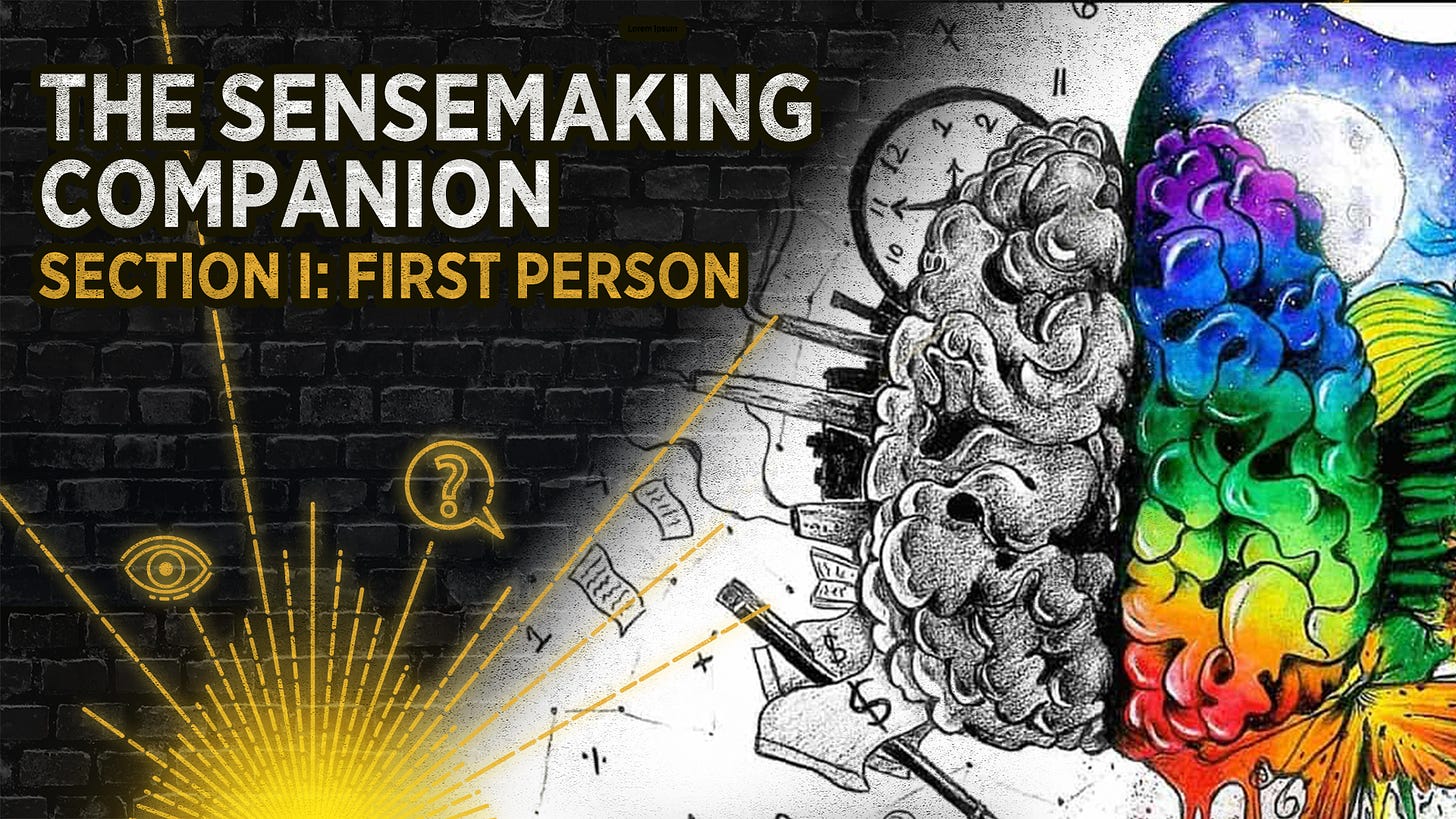Welcome to The Sensemaking Companion. This is Section I of three. You can find Part II here and Part III here.
Welcome to The Sensemaking Companion. We’ve been working on this project for quite some time; a resource bringing together the ideas, practices and frameworks we’ve found most useful in improving our ability to figure out what’s going on in the …
Keep reading with a 7-day free trial
Subscribe to The Bigger Picture to keep reading this post and get 7 days of free access to the full post archives.



